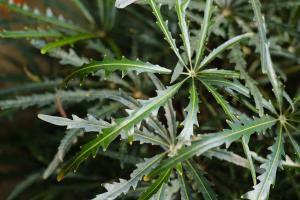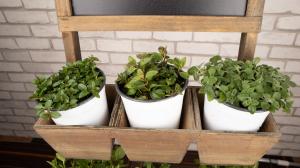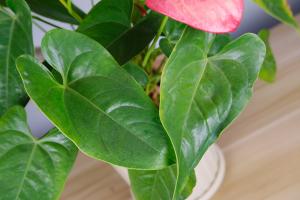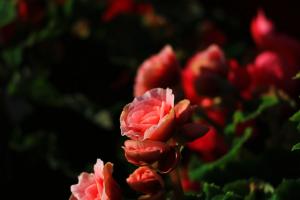Disease
Soft rot, rust, leaf blight, leaf spot, white silk, etc

Pest
Scale insects, red spiders, etc

Pathogenic characteristics
① White silk disease: white silk disease is a disease that often occurs on Leopard striped bamboo taro plants; The incidence of white silk disease was more serious from July to August; Especially when the soil is too wet, it is particularly prone to disease; After the occurrence of this disease, the leaves and stems of leopard taro will change from the initial white to yellow. When they turn brown, they are already in a rotten state and slowly extend to the death of the whole plant
② Leaf spot disease: the peak period of leaf spot disease is from March to April and from September to October; After the disease, it is mainly manifested in the leaves and sometimes in the leaf sheath; At first, it is in the state of spots, which gradually changes to reddish brown spots, which can lead to a large number of withered leaves; This disease will also occur due to the main planting environment, such as poor ventilation, long-term cloudy and rainy days, etc; The disease is also contagious
③ Leaf blight: when leaf blight occurs, it will start from the tip of the leaf, and spots will appear in the early stage, and then slowly expand, and the expanded spots will merge into large spots; When the disease is serious, it will stop the growth of leopard shaped bamboo taro and slowly wither to death. The main reason for this disease is that the temperature of its growing environment is too high, too cold, unbalanced nutrition and so on; The disease is also contagious; It can even be infected according to the flow of air
④ Rust: rust is harmful to the leaves of its leopard taro. It changes from small spots to pustules at first, and finally turns brown. In severe cases, it can also lead to the death of leopard taro
⑤ Soft rot: when soft rot occurs, it starts from the root, and the leaves will turn dark green with spots; Then the leopard shaped bamboo taro will rot quickly and give off a pungent odor. The occurrence of this disease is mostly caused by the high ambient temperature of cultivation; The disease spreads with watering

Disease control methods
① Eliminate from the source, and select healthy and fine varieties that are disease-free and harmless when selecting seedlings.
② The soil with good porosity, air permeability and drainage shall be selected; The surrounding environment should be warm and humid; The temperature shall not be too cold or too hot; Fertilizer should be applied in a timely and appropriate amount; Carbendazim can be disinfected before planting
③ During the cultivation period, we should often observe the plants and deal with the infected parts of the disease in time to reduce the transmission
Characteristics of pests:
Scale insects: grow on the edge of leaves and absorb the juice of leaves to survive
Starscream: Starscream is a common pest. It also absorbs plant nutrition and causes the loss of plant nutrition
Pest control methods:
Control method of scale insects: if it is not serious, insecticide can be sprayed to control it. If the whole plant is eroded, it will not be able to continue breeding. So keep an eye on it
Control method of red spider: if it is not serious, you can spray insecticide to control it; Pay attention to the ventilation environment and often spray water on the back of the leaves, which can prevent the reproduction of red spiders


 how many times do yo...
how many times do yo... how many planted tre...
how many planted tre... how many pine trees ...
how many pine trees ... how many pecan trees...
how many pecan trees... how many plants comp...
how many plants comp... how many plants can ...
how many plants can ... how many plants and ...
how many plants and ... how many pepper plan...
how many pepper plan...































